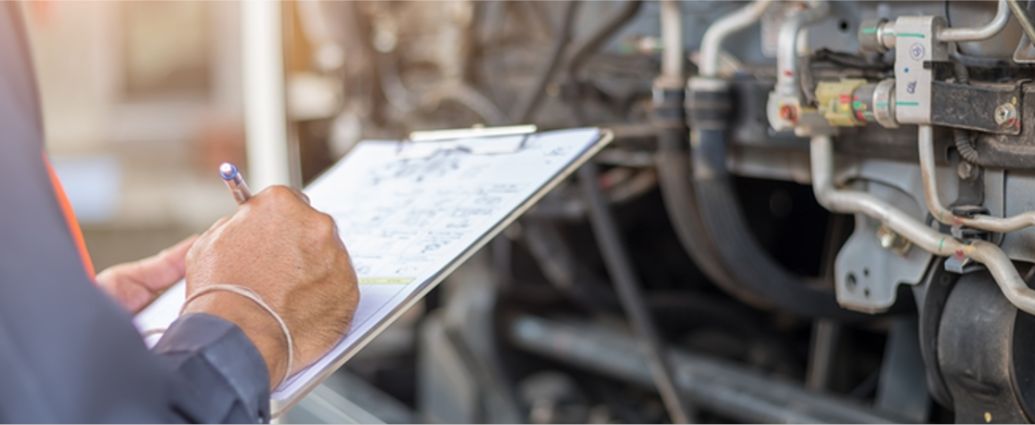
Industrial machinery forms the backbone of many operations, and effective maintenance is crucial to keep it running smoothly. However, there are common mistakes that organizations make when it comes to maintenance, which can lead to downtime, increased costs, and safety risks. Let’s explore a few of these pitfalls and how to steer clear of them:
- Neglecting Regular Inspections and Maintenance: Regular check-ups and preventive maintenance are vital to catch potential issues before they escalate. Neglecting this can lead to unexpected breakdowns and higher repair costs.
- Lack of Documentation: Proper record-keeping of maintenance activities, repairs, and replacements is essential. Without accurate documentation, it’s challenging to track machine history and make informed decisions regarding maintenance strategies.
- Using Incorrect or Poor-Quality Parts: Opting for subpar or incorrect parts during maintenance can compromise the performance and longevity of machinery. Always choose high-quality, genuine parts to ensure optimal functioning.
- Overlooking Training and Skills Development: Skilled technicians are key to effective machinery maintenance. Investing in training and skill development programs ensures that your team is equipped to handle maintenance tasks efficiently and accurately.
- Ignoring Safety Protocols: Safety should be a top priority in any industrial setting. Failing to follow safety protocols during maintenance can lead to accidents or injuries, impacting both individuals and the organization.
- Not Planning for Downtime: Maintenance inevitably requires downtime. Failing to plan and communicate downtime schedules to relevant stakeholders can disrupt production and customer commitments.
- Underestimating Future Maintenance Needs: Industrial machines age and evolve, requiring adjustments in maintenance approaches. Failure to anticipate and plan for changing maintenance needs can lead to inefficiencies and increased costs.
Proper and regular calibration of industrial machinery plays a pivotal role in effective maintenance management. Calibration ensures that machinery operates within specified performance parameters, guaranteeing accurate readings and optimal functionality. By regularly calibrating equipment, you not only extend its lifespan but also enhance its reliability and precision. Moreover, calibrated machinery contributes to a safer work environment and compliance with industry regulations. Incorporating calibration into your maintenance regimen provides a proactive approach to identifying potential issues early on, enabling timely interventions and cost-effective solutions. It’s an investment that pays off by improving overall operational efficiency and reducing downtimes, ultimately leading to better outcomes for your organization.

Avoiding these common mistakes is crucial to maintaining an efficient, productive, and safe industrial environment. By prioritizing regular inspections, proper documentation, employee training, safety protocols, and strategic planning, organizations can ensure their machinery operates optimally, enhancing overall productivity and profitability.
#IndustrialMachinery #MaintenanceBestPractices #OperationalEfficiency #SafetyFirst



Comments are closed, but trackbacks and pingbacks are open.